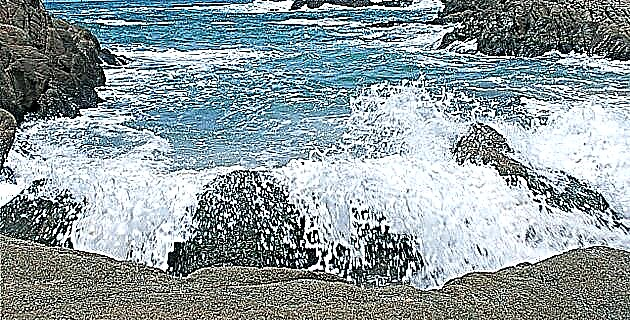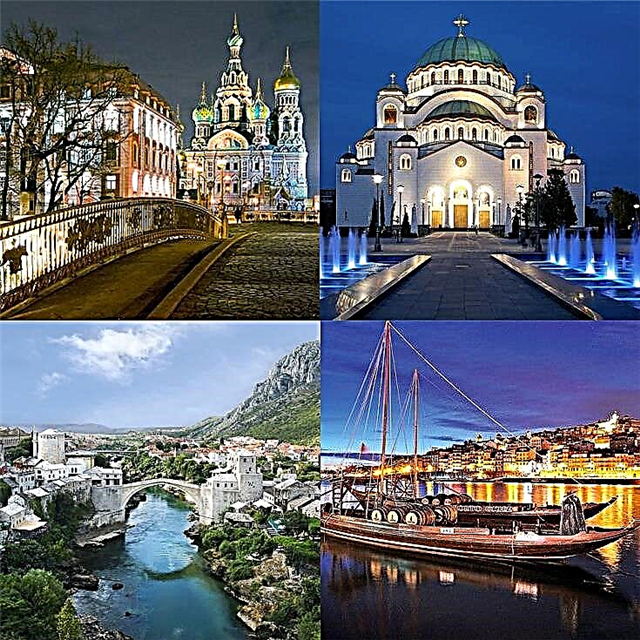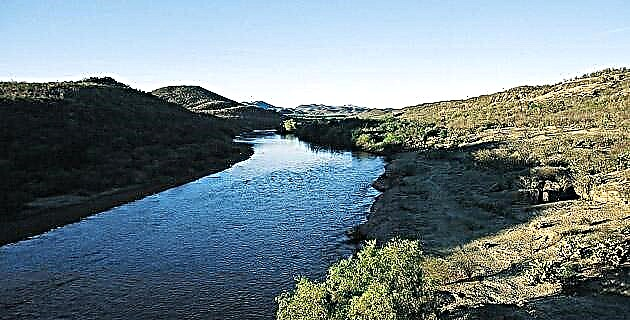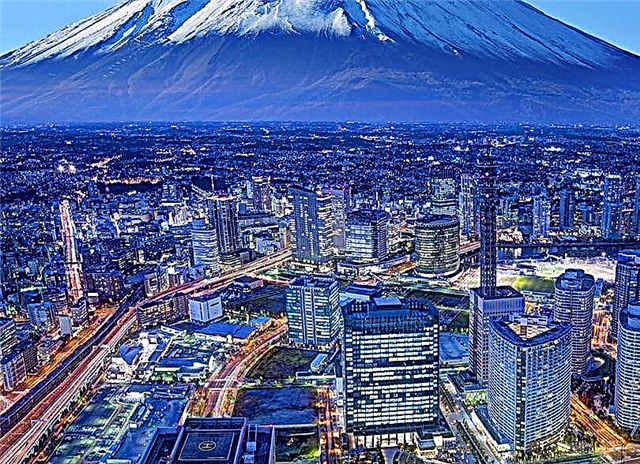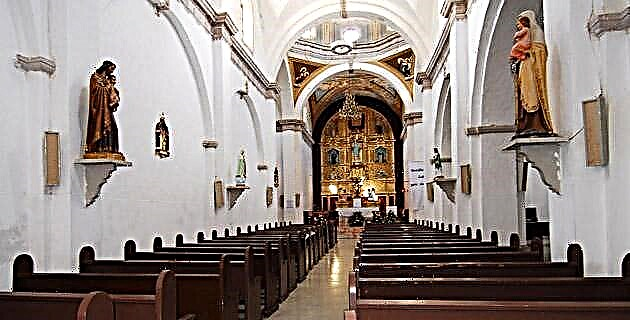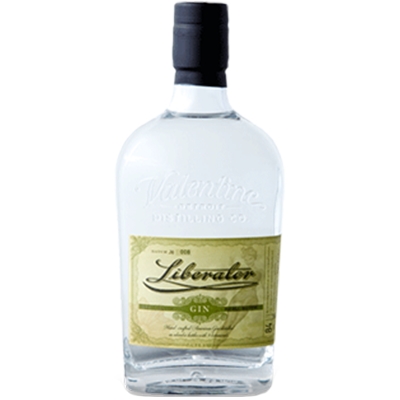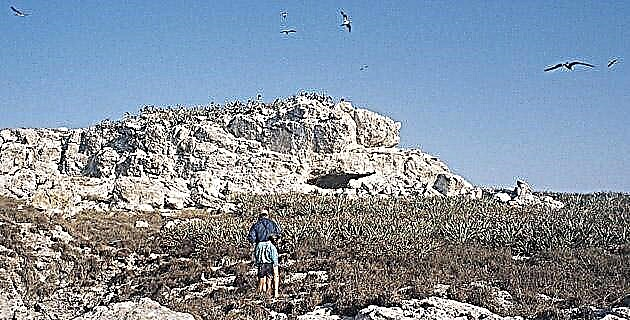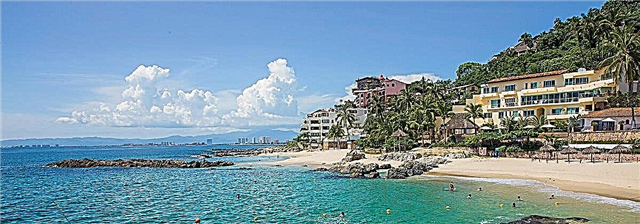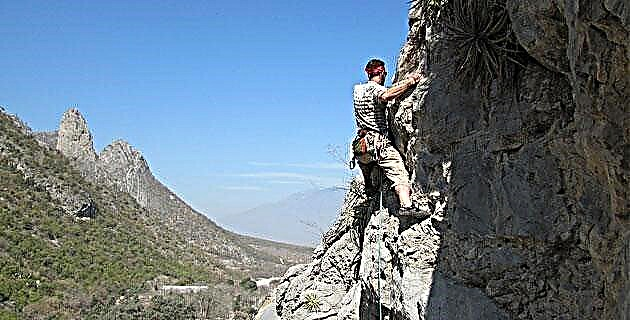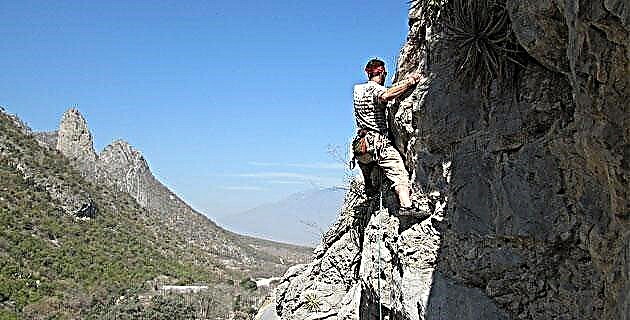
Throughout the Mexican Republic there are clubs, mountain associations, guides and instructors of sport climbing, where you can learn the technique of this sport.
Sport climbing is one of the mountaineering specialties that has developed with great speed thanks to technical advances in new materials and the great amount of experiences that have accumulated over time. This has allowed this sport to be safer, which is why it is already practiced at a popular level in countries such as France, the United States, Canada, England, Japan, Germany, Russia, Italy, Spain; In other words, it is becoming increasingly important worldwide.
Climbing has recently been accepted by the International Olympic Committee as an official sport and it won't be long before we see it at the Olympics as yet another expression of the skill and ability of man. In Mexico, climbing has nearly 60 years of history and more followers are incorporated day by day, since the main cities of the Republic already have the adequate facilities to practice this activity; in addition, there are outdoor places of extraordinary beauty.
One place in our country where you can practice this sport is Potrero Chico, a small resort located in the community of Hidalgo, in the state of Nuevo León. Until a few years ago its main attraction was only its pools, but little by little it has become an international meeting place for climbers from all over the world.
The spa is located at the foot of immense limestone rock walls up to 700 m high and according to the opinion of foreign climbers it is one of the best places in the world to climb, as the rock is of extraordinary quality and nobility.
The best season to practice this sport in Potrero Chico starts from October and ends until the end of April, when the heat lessens a bit and allows you to ascend throughout the day. You can also climb during the summer, but only in areas where there is shade, since the temperature can reach 40 ° C and it is almost impossible to make any effort without suffering dehydration. However, in the afternoons the huge walls offer good shelter from the sun that sets until 8 at night.
The place, semi-desert, is located in a mountain range so the climate is very unstable, in such a way that one day you can be climbing with a temperature of 25 ° C, sunny, clear and the next, face frost and rain with winds of 30 km per hour. These changes are dangerous, so it is recommended to be prepared with clothing and equipment for all types of weather in any season.
The history of the place dates back to the sixties, when some exploration groups from the city of Monterrey began to climb the walls of the Bull -as the locals call it- on the most accessible sides, or doing some walks through the mountains. . Later, climbers from Monterrey and Mexico made the first ascents up the walls of more than 700 m in height.
Later, a mountaineering group from the National Polytechnic Institute visited Potrero Chico and established a relationship with Homero Gutiérrez, who gave them shelter, without imagining that in the future their home would be literally invaded by people from all over the world. About 5 or 6 years ago, American climbers began placing high-quality safety equipment on what are called climbing routes, which now number more than 250 with different degrees of difficulty.
For those who are unfamiliar with rock climbing, it is necessary to point out that the climber constantly seeks to break his limits, that is, to overcome increasingly greater degrees of difficulty. To do this, he only uses his body to climb the rock and adapt to its configuration without modifying it, in such a way that the ascent is easier; the other implements such as ropes, carabiners and anchors are only for safety and are placed in the firm places of the rock for protection in case of an accident and not to progress.
At first glance it is a bit dangerous, but it is a sport that contains many conflicting emotions and a sense of constant adventure, experiences that most climbers find exhilarating and that over time become so necessary as a complement to a style. of life.
In addition, with technological progress in safety, climbing can be practiced from child to adulthood without restriction. It only takes good health, fitness, and specialized instruction to learn safety techniques, but even this is fun. Throughout the Mexican Republic there are clubs, mountain associations, guides and instructors of sport climbing, where you can learn the technique of this sport.
In Potrero Chico the walls go from the vertical to beyond 115 ° of inclination, that is to say collapsed, which makes them even more attractive, because they represent a greater degree of difficulty to overcome; In addition to the height, each ascent route is given a name and the degree of difficulty is stipulated. This is done taking as a reference a scale of difficulty called American, and that goes from 5.8 and 5.9 for easy routes and from 5.10 it begins to be subdivided into 5.10a, 5.10b, 5.10c, 5.10d, 5.11a, and so on. successively up to the limits of maximum difficulty which is currently 5.15d, in this subdivision each letter represents a higher grade.
The routes of greater degree of difficulty that exist up to now in Potrero Chico are graduated as 5.13c, 5.13d and 5.14b; some of which are more than 200 m high and are reserved for high-level climbers. There are also routes 500 m high and with a 5.10 graduation, meaning that they are moderate enough for beginners to do their first big walls.
Due to the large number of ascents already equipped and the potential that the new ones represent, Potrero Chico is visited by world-famous climbers, in addition, conferences and photographic exhibitions of this place have been held abroad to promote it even more. It is regrettable that so far in our country it has not been given due attention, despite the international recognition that Potrero Chico has achieved.
ECOLOGICAL DAMAGE
The geographical area where Potrero Chico is located is delimited by a large industrial activity of open pit mines for the manufacture of cement; this means that the park is surrounded by different mines around it, which affect the animal life of the area.
However, it is possible to find skunks, foxes, ferrets, crows, falcons, raccoons, hares, black squirrels and even black bears if one goes into the mountains, but each time they move further and further due to the intense mining activity in the area. ; activity that is concessioned for up to 50 years, which represent the same years of ecological damage.
Here the mineral is extracted by means of explosions and in a day of work up to 60 detonations can be heard, which scare away the fauna of this area. It would be convenient to carry out an analysis of the development possibilities of ecological tourism.
IF YOU GO TO THE POTRERO CHICO RECREATIONAL PARK
From Monterrey take highway no. 53 to Monclova, approximately 30 minutes away is the town of San Nicolás Hidalgo, which is framed by the walls of El Toro, as this impressive mountain formation is known. Most of the climbers stay at Quinta Santa Graciela, owned by Homero Gutiérrez Villarreal. San Nicolás Hidalgo does not have a tourist infrastructure, it is best to arrive with your friend Homero.

